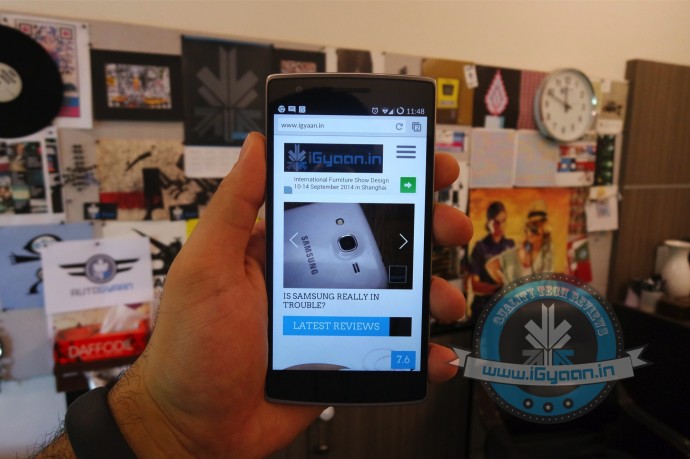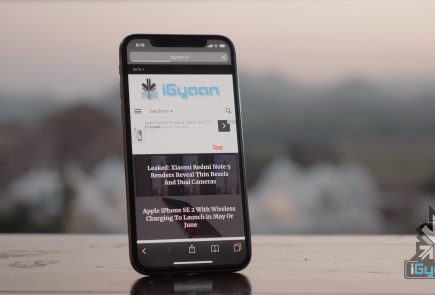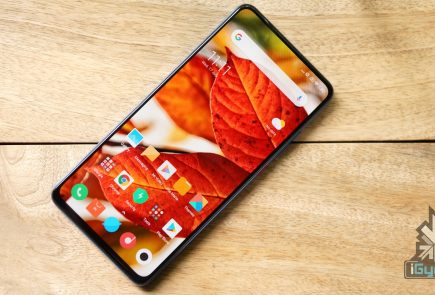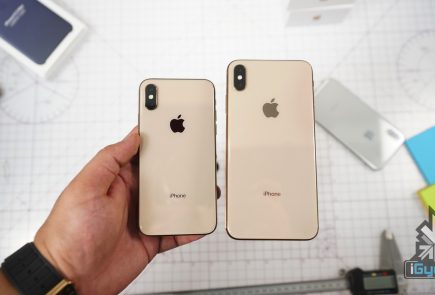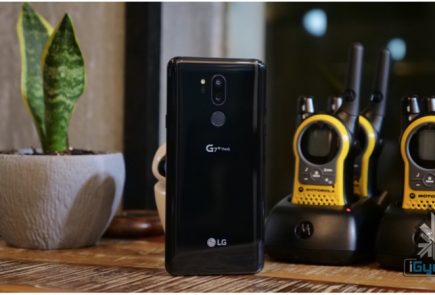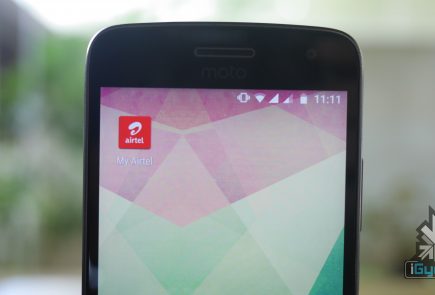OnePlus Founder Explains Why it’s so Hard to Get the One
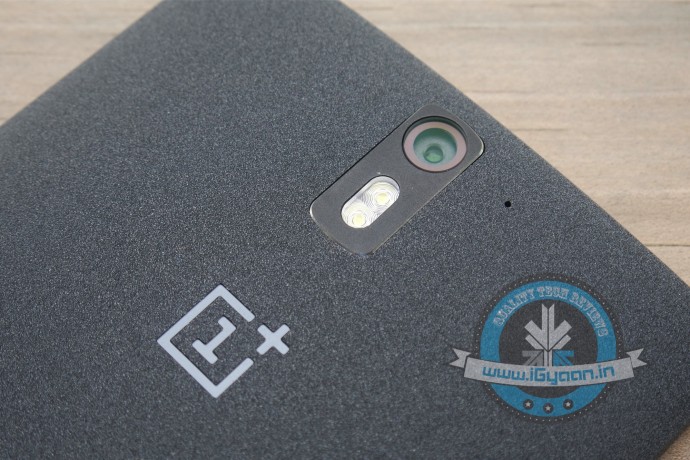
It would be fair to say that OnePlus One has become a cult smartphone, partly because it is hard to get one. The company has opted quite an unconventional way of selling the exceptional device, the invitation-only system, and not to forget their terribly misguided marketing scheme.
However, at an expected price of Rs. 25,000 for a 64GB variant, the headaches are worth the wait for smartphone enthusiasts. Having had my share of experience with the One while we were reviewing the device, there is no doubt that the company left no stone unturned in delivering top-end specs with a low-end price and a premium design (especially the Sandstone variant).
We gave it an impressive 8.7 score saying ‘it is the best phone for its price’, however, there was one problem and that’s its availability. OnePlus founder Carl Pei in an interview with PC magazine explained why is that so. “We set some goals for this year. Thirty thousand was a realistic goal, 50,000 was a pretty good goal and 100,000 was a stretch goal,” he said. “We now aim to ship a million devices this year, and we’ve already surpassed half a million.”
The problem is to deliver such a product with high-end specs and low-cost, the company has to cut down margins. And because it makes so little money on each phone, it doesn’t want to make more than it can sell. The OnePlus One hasn’t followed the typical rules of phone demand because it is not a usual phone. Typically, when some phone launches, there’s a strong demand for about two months and then it starts tapering off. But nobody’s been able to match the OnePlus One’s price/performance balance, so demand for the phone has just been rising exponentially with time.
“Sooner or later, it’s going to stop, and we don’t want to be caught with too much inventory. With no margins, we can’t have a situation where we have too many units and we’ll have to discount them. For us, the first year was about survival. We understand it’s been really hard to buy,” Pei said.
There is a lot of traction between the manufacturer and consumers here as the firm sells its products directly (no middleman involved). However, we need to know that what the company is doing is really difficult. The worst case scenario is if the demand dries out, then they’ve got no chance to recoup with what would be nearly 100% loss. The easy answer is to discount the device, but again the margins are already tight.
















